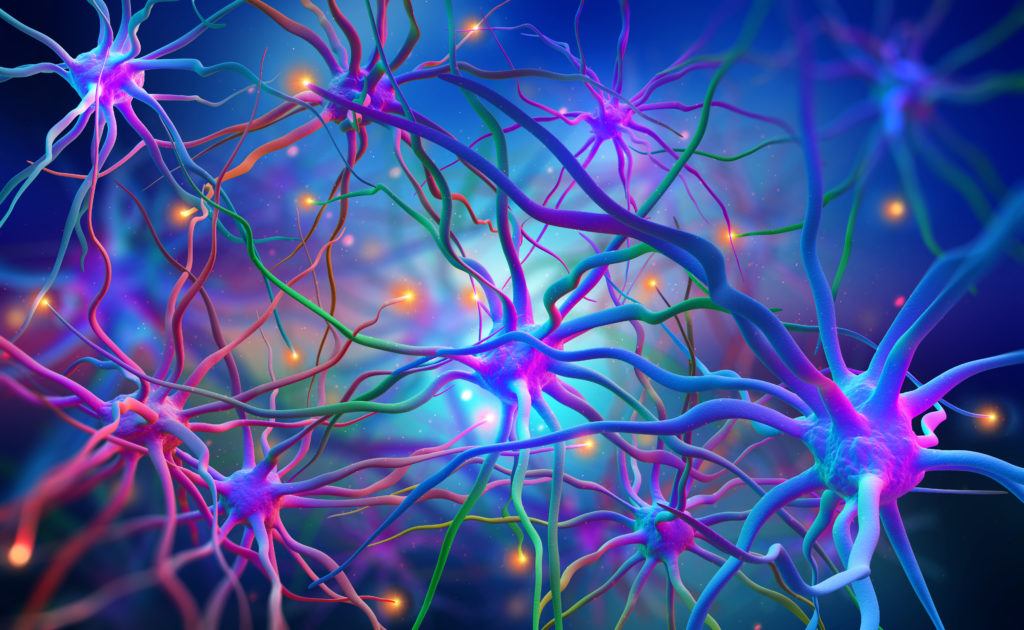
By their very definition, psychedelic drugs cause dramatic changes in the mind and its perceptual pathways.1 Also, by definition, classical psychedelics are agonists of the serotonin 5-HT2A receptor, one of several in the GPCR (G protein-coupled receptor) family. When Humphry Osmond first coined the term in 1957, he was trying to explain the effects LSD had on the mind.2 After much thought, and collaboration with associates such as Aldous Huxley, Osmond settled on psychedelic, derived from the Greek word for mind or soul (psyche) and manifest or show (deloun).
Many of the profound changes brought on by psychedelics manifest themselves by way of the subjective experiences of individuals. Numerous studies have demonstrated the beneficial effects of hallucinogens, such as psilocybin and LSD, for potentially treating conditions including anxiety and depression.3–5 However, the debate is ongoing as to whether the subjective effects are essential to eliciting the therapeutic effects.6,7
In the eyes of some researchers endeavoring to harness the therapeutic benefits of psychedelics, formulating out those mind-manifesting effects may be the logical path forward. Removing the hallucinogenic effects from these compounds would reduce their risks, effectively eliminating the need for strict patient monitoring requirements and therefore increasing accessibility. Also, synthesizing (or discovering in nature) compounds similar to psychedelics that have beneficial effects, but without the mind show are underway and may offer a myriad of therapeutic avenues.
Theoretically, that sounds pretty straightforward. But what’s a good way to screen thousands of compounds to identify the best candidates? Enter Jason (Chunyang) Dong, a Ph.D. candidate at the University of California, Davis, and his research team, which includes Dr. David Olson, who developed a tool they call psychLight.
How psychLight Works and Its Applications
In April 2021, Dong et al. published a paper in Cell describing psychLight.8 Basically, they took a 5-HT2A receptor and attached a green fluorescent tag (protein) to it. Then, mice were genetically engineered to express the green glowing receptor. When serotonin or a psychedelic drug binds to the receptor, the fluorescence increases. Non-hallucinogenic compounds can also bind to psychLight, but fortunately, they have a different fluorescing profile.
According to Dr. Lin Tian, whose lab developed the psychLight, it has a number of research uses.9 Among these are measuring serotonin release in the brain after administering psychedelic drugs, and seeing how psychedelics and endogenous neurotransmitters such as serotonin act in different areas of the brain. Another application is using psychLight in conjunction with the head twitch response (HTR) test in mice, which indicates 5-HT2A receptor activation and possible psychoactive effects. This way, researchers can look for compounds similar to psychedelics that have potential as pharmaceuticals without the side effect of hallucinations. Looking forward, it is feasible that psychLight could be modified for use with other receptors in the GPCR family.
Dong et al. also used high-throughput screening to look for compounds fitting the criteria of activating 5-HT2A without causing psychedelic effects. The screening is an automated process that allows researchers to test thousands of compounds in a short period to help reveal potential drug candidates. PsychLight has already identified an antidepressant compound called AAZ-A-154, which activates the 5-HT2A receptor but does not induce the HTR.
In a May 2021 interview, David Olson told Brian Doctrow of the National Institutes of Health, “One of the problems with psychedelic therapies is that they require close guidance and supervision from a medical team. A drug that doesn’t cause hallucinations could be taken at home.”10 It is worth noting that the technology related to psychLight has been licensed to Delix Therapeutics (owned by David Olson) and Seven Biosciences (owned by Lin Tian).9
